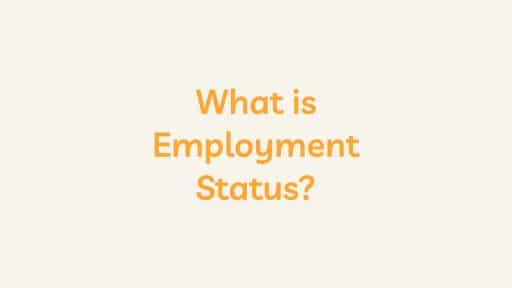Introduction
Human Resource Audit (HRA) is a systematic process that assesses the effectiveness, efficiency, and compliance of an organization’s human resource management practices. It involves thoroughly examining HR policies, procedures, and strategies to ensure alignment with organizational goals and legal requirements. The primary objective of an HR audit is to enhance the workforce’s overall performance and mitigate potential risks associated with human resource management.
Key Components of Human Resource Audit (HR Audit)
- Legal Compliance:
- The audit ensures that the organization complies with labor laws, employment regulations, and other legal requirements.
- This includes reviewing employment contracts, workplace safety measures, and adherence to anti-discrimination laws.
- HR Policies and Procedures:
- Examining the formulation, communication, and implementation of HR policies and procedures.
- Assessing the clarity and accessibility of policies to ensure that employees understand their rights, responsibilities, and the organization’s expectations.
- Workforce Planning and Staffing:
- Evaluating the organization’s approach to workforce planning, recruitment, and selection.
- Assessing the efficiency of staffing processes and whether they align with the organization’s long-term goals.
- Training and Development:
- Analyzing the effectiveness of training and development programs in enhancing employee skills and competencies.
- Identifying gaps in employee training and recommending strategies for improvement.
- Performance Management:
- Assessing the performance management system, including goal-setting, performance appraisals, and feedback mechanisms.
- Ensuring that performance evaluations contribute to employee development and organizational success.
- Compensation and Benefits:
- Reviewing the organization’s compensation structure and benefits packages.
- Ensuring that the compensation system is competitive and aligned with industry standards.
- Employee Relations:
- Examining the quality of relationships between employees and management.
- Addressing any issues related to communication, conflict resolution, and employee satisfaction.
- HR Information Systems:
- Assessing the efficiency of HR information systems in managing employee data.
- Ensuring data accuracy, security, and accessibility for HR decision-making.
Benefits of Human Resource Audit (HR Audit)
- Risk Mitigation:
- Identifying and addressing legal compliance issues reduces the risk of lawsuits and penalties.
- Enhanced Efficiency:
- Streamlining HR processes improves overall organizational efficiency and effectiveness.
- Improved Employee Morale:
- Addressing employee relations and satisfaction issues contributes to a positive work environment.
- Strategic Alignment:
- Ensuring HR practices align with organizational goals enhances the strategic contribution of HR to the business.
- Data-Driven Decision-Making:
- Access to accurate HR data enables informed decision-making at all levels of the organization.
Conclusion
A Human Resource Audit is vital for organizations seeking to optimize their human capital management practices. By comprehensively examining HR functions, an organization can identify areas for improvement, mitigate risks, and align its workforce strategies with broader business objectives. Regular HR audits contribute to an organization’s overall health and success by fostering a culture of continuous improvement and adaptability in the dynamic landscape of human resource management.





